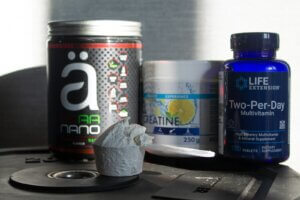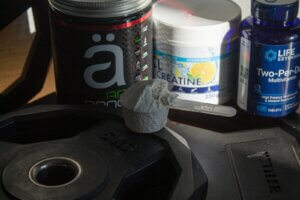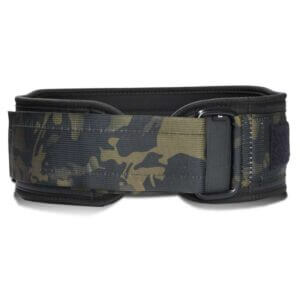How to Split Jerk
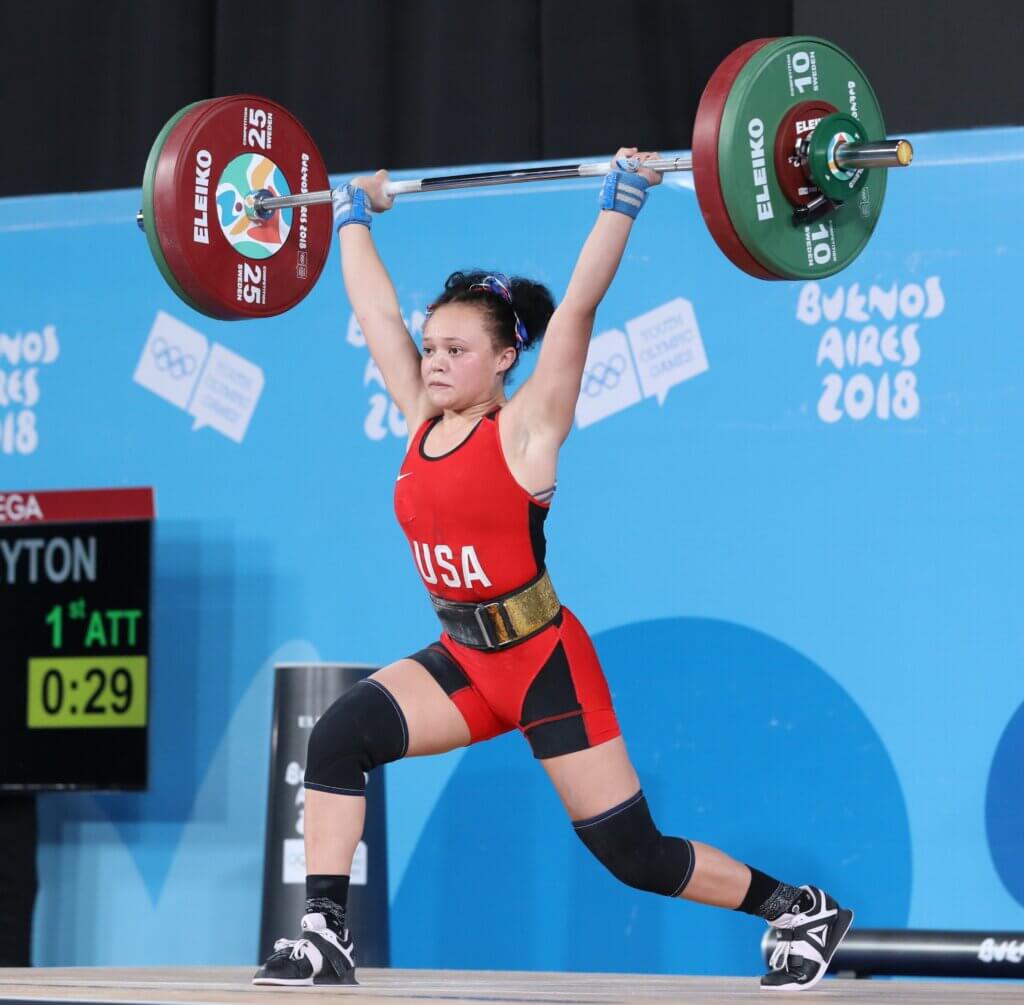
Introduction:
The split jerk is a dynamic and powerful movement integral to Olympic weightlifting and CrossFit training. It combines strength, speed, and precision, making it a challenging yet rewarding exercise. The split jerk allows you to lift heavier weights overhead by utilizing a forceful leg drive and a split stance to catch the barbell. This guide will provide a step-by-step breakdown of the split jerk, along with essential equipment, scaling options, common mistakes, benefits, muscles worked, and alternative similar movements.
Steps in the Split Jerk movement
Setup:
- Stand with your feet hip-width apart and the barbell resting on your shoulders, gripping it slightly wider than shoulder-width.
- Engage your core and ensure your elbows are slightly in front of the bar.
Dip:
- Initiate the movement by dipping your body down slightly, bending your knees and hips while keeping your torso upright.
- Keep your heels on the ground and maintain a strong, stable core.
Drive:
- Explosively extend your hips and knees, driving the barbell upward with force.
- Use the momentum generated by your legs to propel the barbell off your shoulders.
Split:
- As the barbell rises, quickly split your legs into a lunge position, with one foot forward and the other foot back.
- Simultaneously, push your arms upward to fully extend and lock out the barbell overhead.
Catch:
- Stabilize the barbell overhead with your arms fully extended and your torso aligned under the bar.
- Ensure both feet are firmly planted on the ground, with your front knee bent at a 90-degree angle and your back leg slightly bent.
Recovery:
- Bring your front foot back to the center, followed by your back foot, returning to a stable standing position with the barbell overhead.
- Lower the barbell back to your shoulders with control, preparing for the next repetition.
What Equipment is needed
- Barbell
- Weight Plates
- Collars
- Weightlifting Shoes
- Wrist Wraps
- Lifting Belt
- Chalk
Utilizing appropriate equipment can enhance performance and safety during the split jerk. A quality Olympic barbell with a suitable weight capacity is essential. Bumper plates are recommended for their ability to absorb impact, protecting both the equipment and the lifting platform. Weightlifting shoes with a raised heel can improve stability and facilitate proper posture during the dip and drive phases. Wrist wraps provide additional support, reducing strain during the overhead position. A weightlifting belt can offer core support during maximal lifts, promoting better spinal alignment. Incorporating these equipment pieces into your training can contribute to more effective and safer split jerk execution.
Check out the Equipment subsite for more tools, tips, and inspiration.
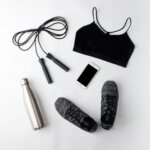
Shop Fitness gear now on Amazon
See Amazons extensive range of workout gear here. (Affiliate Link)
Scaling Options:
To gradually build strength and proficiency, consider the following scaling options:
- Push Jerk: Perform the same movement without the split stance, catching the barbell with your feet together.
- Power Jerk: Catch the barbell in a partial squat position instead of a split stance.
- Dumbbell Split Jerk: Use dumbbells instead of a barbell to reduce the load and improve stability.
Common Mistakes to Avoid:
- Improper Dip: Ensure your dip is controlled and your torso remains upright. Avoid leaning forward or allowing your knees to cave in.
- Weak Drive: Focus on generating maximal force during the drive phase. Engage your legs and explode upward with power.
- Unstable Split: Practice your split stance to achieve a balanced and stable position. Your front knee should be directly above your ankle, and your back leg should provide support.
- Incomplete Lockout: Fully extend your arms and lock out the barbell overhead. Keep your shoulders engaged and stable.
Benefits of the Movement:
- Increased Power: The split jerk develops explosive power in the legs and upper body, translating to improved athletic performance.
- Enhanced Coordination: This movement requires precise timing and coordination between the legs and arms.
- Improved Overhead Stability: Holding the barbell overhead strengthens the shoulders, core, and stabilizing muscles.
- Full-Body Workout: The split jerk engages multiple muscle groups, providing a comprehensive workout.
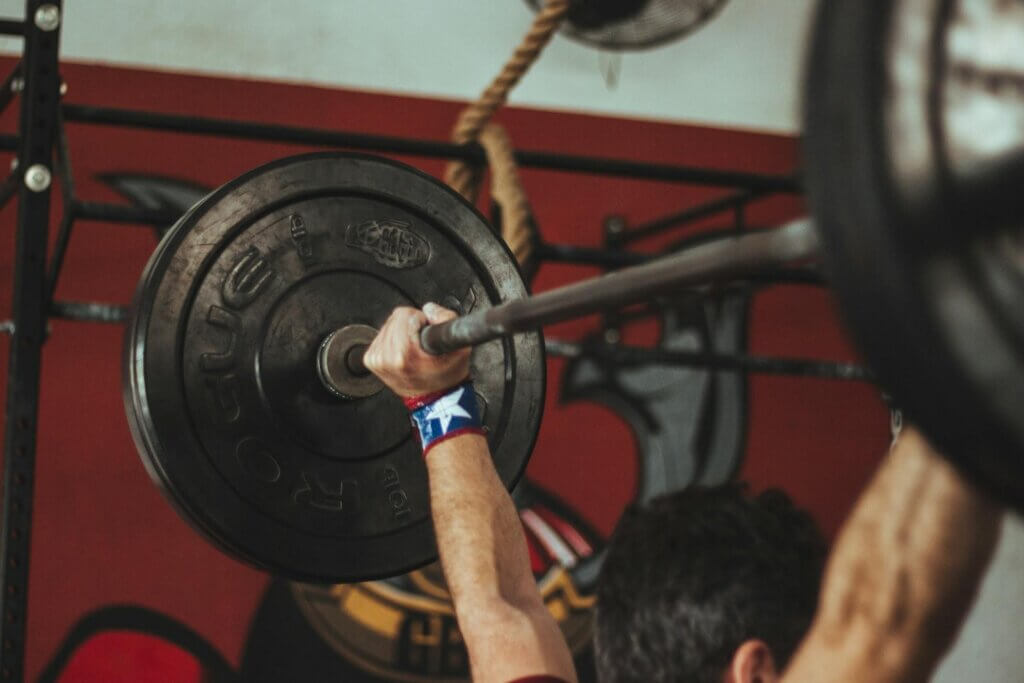
Which Muscles Are Worked:
During this exercise, the following muscle groups are engaged:
Primary Muscles:
- Quadriceps
- Glutes
- Hamstrings
- Shoulders (deltoids)
- Triceps
Secondary Muscles:
- Core (abdominals and obliques)
- Calves
- Upper back (trapezius and rhomboids)
- Forearms (grip strength)
Alternative Similar Movements:
If you’re seeking variation or targeting specific muscle groups, consider incorporating these alternative exercises:
- Push Press: Similar to the split jerk but without the split stance.
- Strict Press: Press the barbell overhead without using your legs for assistance.
- Snatch: A compound movement that also involves lifting a barbell overhead but with a wide grip and different technique.
- Clean and Jerk: Combines the clean (lifting the barbell to the shoulders) and the jerk (overhead press).

Shop Fitness gear now on Amazon
See Amazons extensive range of workout gear here. (Affiliate Link)
Importance of Mobility and Flexibility in the Split Jerk
Executing a successful split jerk requires not only strength and power but also adequate mobility and flexibility. Key areas include the shoulders, hips, ankles, and thoracic spine. Limited shoulder mobility can impede the ability to lock the barbell overhead, while tight hips and ankles may restrict the depth and stability of the split stance. Incorporating a regular mobility routine can address these limitations. Dynamic stretches, such as arm circles and leg swings, can prepare the muscles for the movement, while static stretches post-workout can improve overall flexibility. Additionally, foam rolling the thoracic spine can enhance upper back mobility, facilitating a more upright torso during the dip and drive phases. Prioritizing mobility not only improves performance but also reduces the risk of injury, allowing for a more efficient and safe execution of the split jerk.
Mental Strategies for Successful Split Jerks
The split jerk is as much a mental challenge as it is a physical one. Developing mental strategies can enhance focus, confidence, and execution. Visualization techniques, where you mentally rehearse the movement, can prime your neuromuscular system for success. Positive self-talk, such as affirming your ability to perform the lift, can boost confidence and reduce anxiety. Setting specific, achievable goals for each session can provide motivation and a clear focus. Additionally, practicing mindfulness can help maintain concentration during the lift, ensuring each phase is executed with precision. By integrating these mental strategies, you can enhance your performance and overcome psychological barriers associated with heavy lifts.
Nutrition and Recovery Tips for Optimal Performance
Fueling your body appropriately and allowing adequate recovery are crucial for optimal performance in the split jerk. A balanced diet rich in proteins, carbohydrates, and healthy fats provides the necessary energy and nutrients for training and recovery. Proteins support muscle repair and growth, carbohydrates replenish glycogen stores, and fats aid in hormone production. Hydration is equally important, as even mild dehydration can impair performance. Post-workout nutrition, such as a protein shake combined with a fast-digesting carbohydrate, can expedite recovery processes. Adequate sleep, typically 7-9 hours per night, is essential for muscle recovery and overall health. Incorporating rest days into your training schedule prevents overtraining and reduces the risk of injury. Listening to your body and adjusting your nutrition and recovery strategies accordingly can lead to sustained progress and improved performance in the split jerk.
Progress Tracking and Setting Realistic Goals
Monitoring your progress and establishing realistic goals are vital components of a successful split jerk training program. Keeping a detailed training log allows you to track weights lifted, sets, reps, and any notes on form or technique. This data provides insight into your progress and highlights areas needing improvement. Setting specific, measurable, achievable, relevant, and time-bound (SMART) goals can guide your training focus. For instance, aiming to increase your split jerk by 5% over eight weeks is a concrete goal that can be systematically approached. Regularly reviewing and adjusting your goals ensures they remain challenging yet attainable, fostering continuous improvement and motivation. By systematically tracking progress and setting realistic objectives, you can achieve sustained advancement in your split jerk performance.
Q&A for Split Jerks
How to split jerk properly?
To split jerk properly, ensure your dip is controlled and your torso is upright. Drive the bar explosively overhead and quickly split your legs into a balanced lunge position, with a stable overhead lockout.
Which foot should land first in split jerk?
Your back foot should land first, followed by your front foot. This sequence helps stabilize your position under the barbell.
Why is split jerk hard?
The split jerk is challenging due to the combination of speed, strength, and coordination required to execute the movement efficiently. It demands precise timing and balance, especially in the split stance.
Should I split jerk with both legs?
Typically, athletes use their dominant leg forward in the split jerk. However, practicing with both legs can improve overall balance and coordination.
Which leg recovers first in split jerk?
Recover your front leg first, bringing it back to the center, followed by your back leg. This sequence ensures stability as you return to a standing position.
How do I know my split jerk position?
Find your split jerk position by practicing with a light bar or PVC pipe. Your front knee should be directly over your ankle, and your back knee should be slightly bent with your back heel off the ground.
Which foot forward splits jerk?
Most athletes use their dominant leg forward in the split jerk. Experiment with both legs to determine which feels more stable and comfortable.
What are the errors in the split jerk?
Common errors include an improper dip, weak drive, unstable split stance, and incomplete lockout. Refer to the “Common Mistakes to Avoid” section for more details.
Is push jerk or split jerk better?
Both have their benefits. The push jerk is simpler and good for beginners, while the split jerk allows for lifting heavier weights due to the stable split stance.
How wide should split jerk be?
Your split stance should be wide enough to provide stability, with your front shin vertical and your back leg bent slightly. Typically, this is about one and a half times your shoulder width.
What’s the purpose of split jerk?
The purpose of the split jerk is to lift heavier weights overhead by using a powerful leg drive and a stable split stance. It enhances overall strength, power, and coordination.
What is the average weight for a split jerk?
Average weights vary based on experience and strength level. For intermediate athletes, men might split jerk around 100-120 kg (220-265 lbs), and women around 60-80 kg (132-176 lbs).
How do you practice split jerk?
Practice with a light bar or PVC pipe to perfect your technique. Focus on each phase of the movement, especially the dip, drive, and split, ensuring proper form and stability.
What are the rules for the split jerk?
In competitions, the split jerk requires a controlled dip and drive, a stable catch with full arm lockout, and a complete recovery to a standing position. No part of your body, except your feet, can touch the ground.
What is the heaviest split jerk?
The heaviest split jerks are typically seen in professional weightlifting competitions, with top male lifters exceeding 250 kg (550 lbs) and female lifters over 150 kg (330 lbs).
Do you switch legs on split jerk?
Most lifters use their dominant leg forward, but switching legs occasionally can help improve balance and coordination.
Do you step forward or back for split jerk?
Recover by stepping your front foot back to the center first, followed by your back foot. This ensures stability and control.
What is the best grip for jerking?
A slightly wider than shoulder-width grip is ideal for the jerk. This grip allows for a stable bar position on your shoulders and efficient transfer of power during the drive.
Conclusion:
The split jerk is a powerful exercise that enhances strength, power, and coordination. Incorporating it into your CrossFit routine will elevate your performance and help you achieve new fitness milestones. Practice diligently, focus on technique, and embrace the challenge of mastering the split jerk.

Shop Fitness gear now on Amazon
See Amazons extensive range of workout gear here. (Affiliate Link)

🏋️ Written by: Mike Kerr
Mike is the founder of Strengthguides.com and a certified CrossFit Level 1 Trainer (CF-L1) and certified Kettlebell Instructor with over 10 years of experience in functional fitness. He specializes in developing programs that maximize performance without sacrificing mobility. Mike Kerr is passionate about making complex training methodologies comprehensible and safe for everyone.

